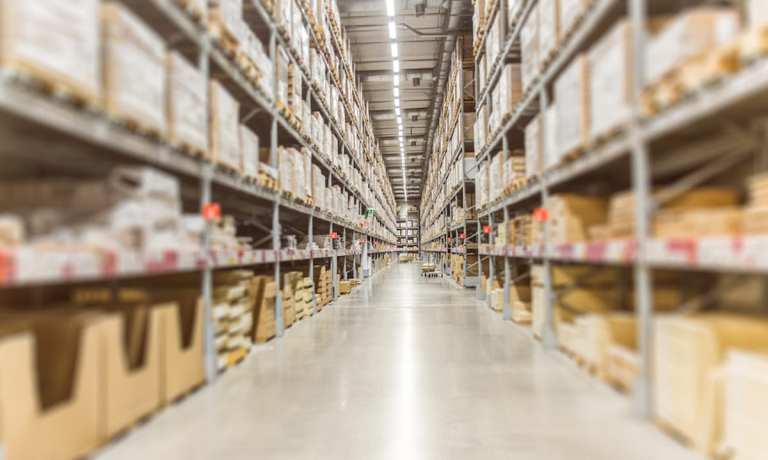
The supply chain is where the speed and convenience of digital-first meets the slow going of logistics and last miles. There’s a long (often literal) road that physical goods must travel before they get to merchants’ shelves — or, as is increasingly the case, the consumer’s doorstep. And where demand is surging, as consumers buy everything from toilet paper to couches to treadmills to groceries online, stockouts are becoming more common. It’s also a basic tenet that where demand pressures supply, consumer prices rise.
CNN reports that Costco is not able to keep imported cheeses in stock because shipping containers are in short supply. All manner of goods, across any number of verticals, are feeling the pinch. Some other marquee names that have been hit by the supply chain constraints include Dollar Tree, Urban Outfitters and a host of others.
“Overseas freight has continued to be an issue in regards to container shortage and port delays. This has caused timing delays on certain categories,” Costco Chief Financial Officer Richard Galanti said on a call with analysts earlier in the month.
As it turns out, sailing the high seas in a period of (extremely) high demand is less than optimal when it comes to relying on imports. Data show just how much the activity has surged. In January alone, as estimated by Panjiva, a trade research firm, U.S. imports across sea routes were up 20 percent. Along the way, freight costs have surged. Fitch Ratings reported late last month that shipping one 40-foot container from China to Europe or the U.S. West Coast now costs over $8,000 and $4,000, respectively, where the pricing levels had been about $2,000 a year ago.
It might make sense, then, that firms would look toward alternate ways to get merchandise where it needs to go. One option is to actually own the shipping containers themselves, which means that enterprises can exhibit at least some cost control.
As Bloomberg recently reported, the majority of the 25 million containers that bring goods hither and yon are owned or leased by about a dozen ocean carriers. But increasingly, firms that rely on sea-shipped goods are examining their options. Brian Sondey, chief executive of container leasing firm Triton International Ltd., said in remarks on a conference call relayed by the newswire that firms that buy the boxes do so because “it’s a net lower price,” adding that “we’ve seen some interest in people like the Amazons of the world to start maybe owning some of their own containers, because they get charged by the shipping lines when they hold onto containers longer than they are supposed to.” Other logistics options are gaining traction, too.
Beyond The Sea: Digitizing The Chains
In one example, Amazon has taken a minority stake in Air Transport Services Group (ATSG), the air freight partner working with most of its aviation logistics unit. Amazon has been busy building up its air fleet, in a bid to capture more of its air-freight-related activity and bring it in-house. The company has also bought 11 used Boeing 767 jets from Delta and WestJet – and Amazon Air is poised to double its flight count by June of this year.
Beyond the actual shipping part of the equation, the supply chains themselves can improve with the aid of high-tech solutions, such as predictive analytics. In a recent interview with PYMNTS, David Shillingford, CEO of Everstream Analytics, a company formed from the previous merger of Resilience360 and Riskpulse, said that “the pandemic created enormous disruption and dislocation in global supply chains, and there is a lot of debate as to what lessons should be drawn from it. On one side of the argument, it will never happen again. On the other side, it might not happen exactly this way, but something like it will happen again — and things like it are happening every day.”
“By that, we mean looking at risk from an end-to-end standpoint,” explained Shillingford. “They’re thinking about it from sourcing, all the way through to product delivery and beyond, through the reverse supply chain.” Against that backdrop, risk needs to be looked at, end to end, from manufacturing to delivery. “The challenge is to digitize things end-to-end,” he explained. “If your payments are digitized, but the actions on either side of them or in parallel with them are not digitized, then you’re missing a lot of opportunity.”